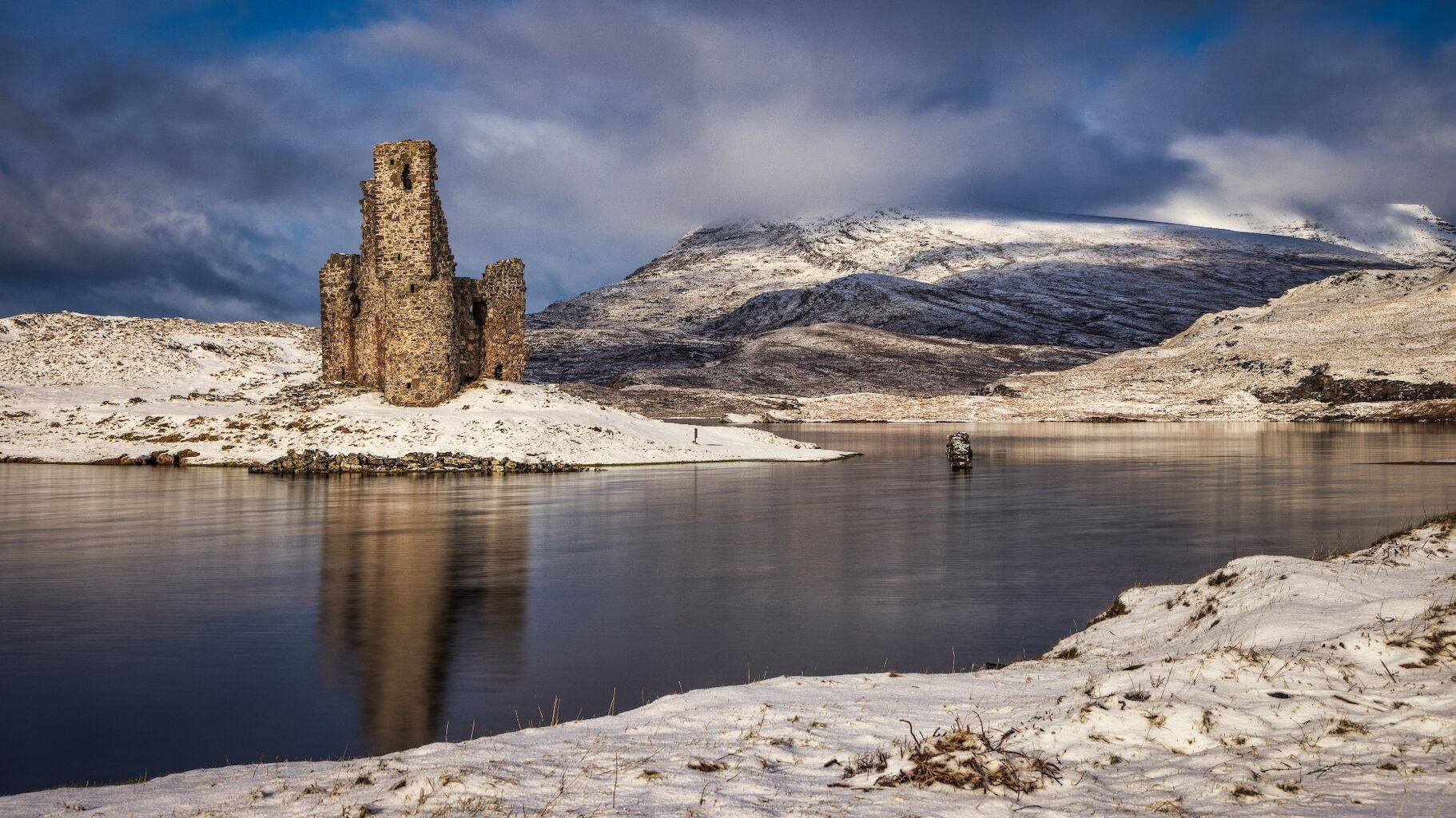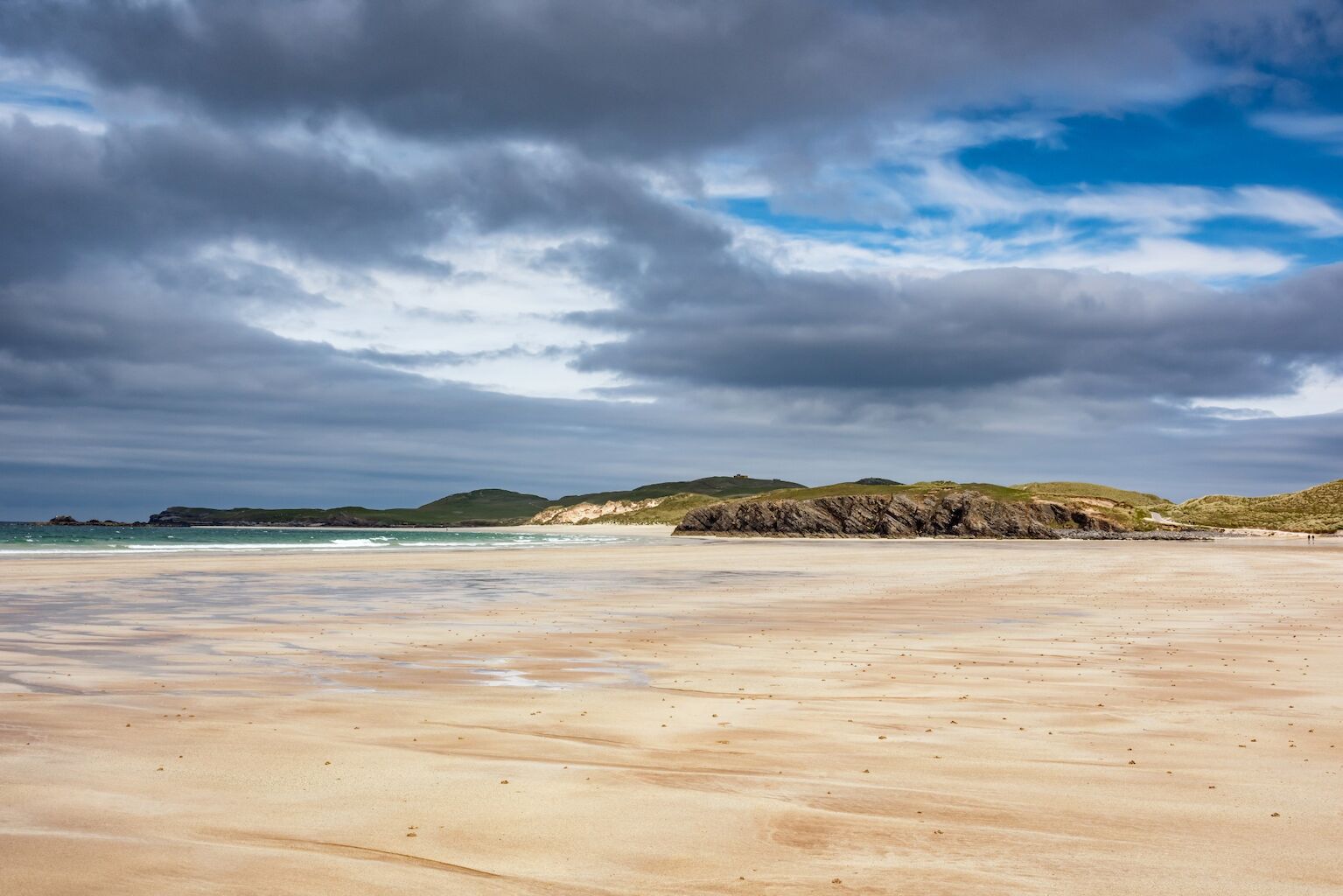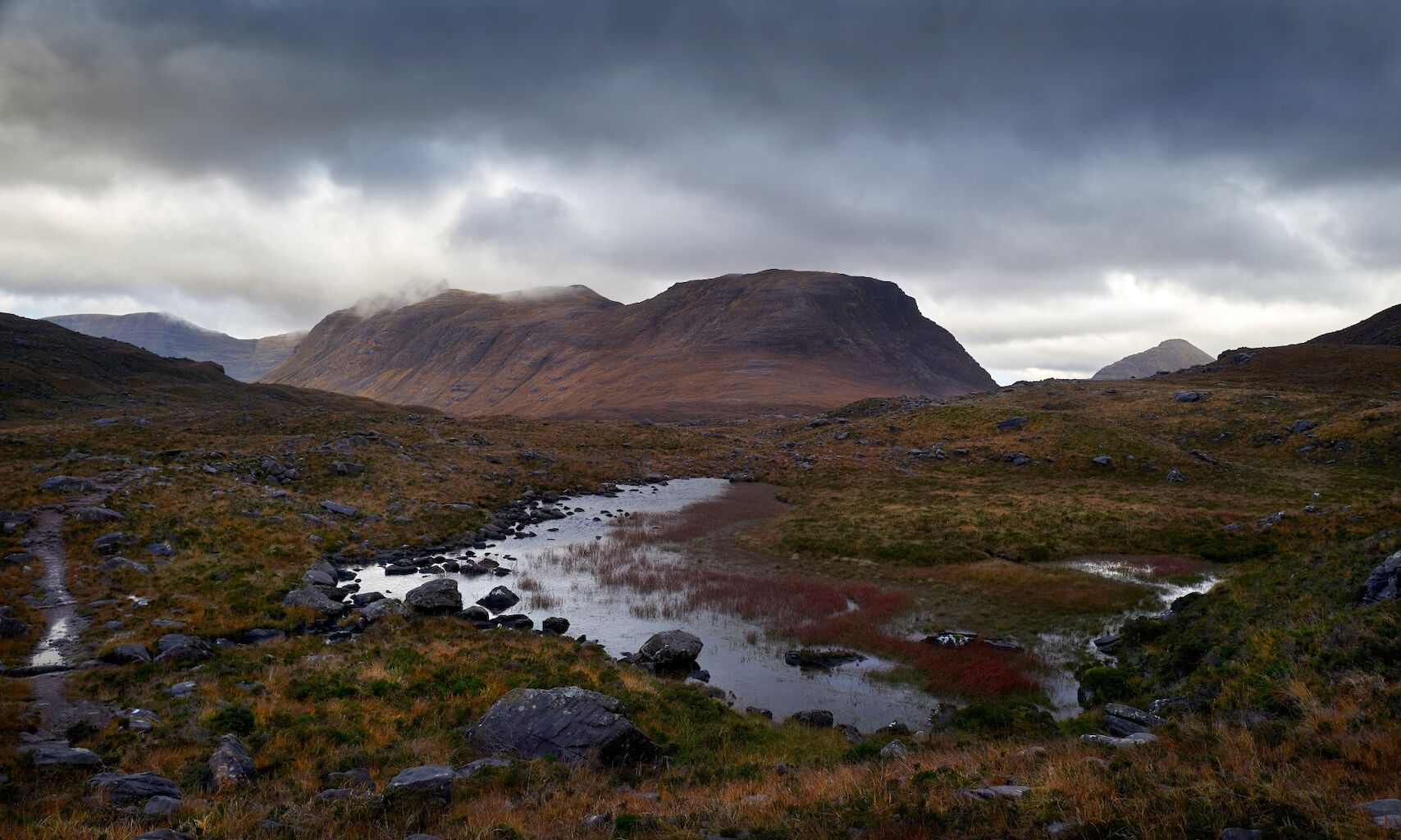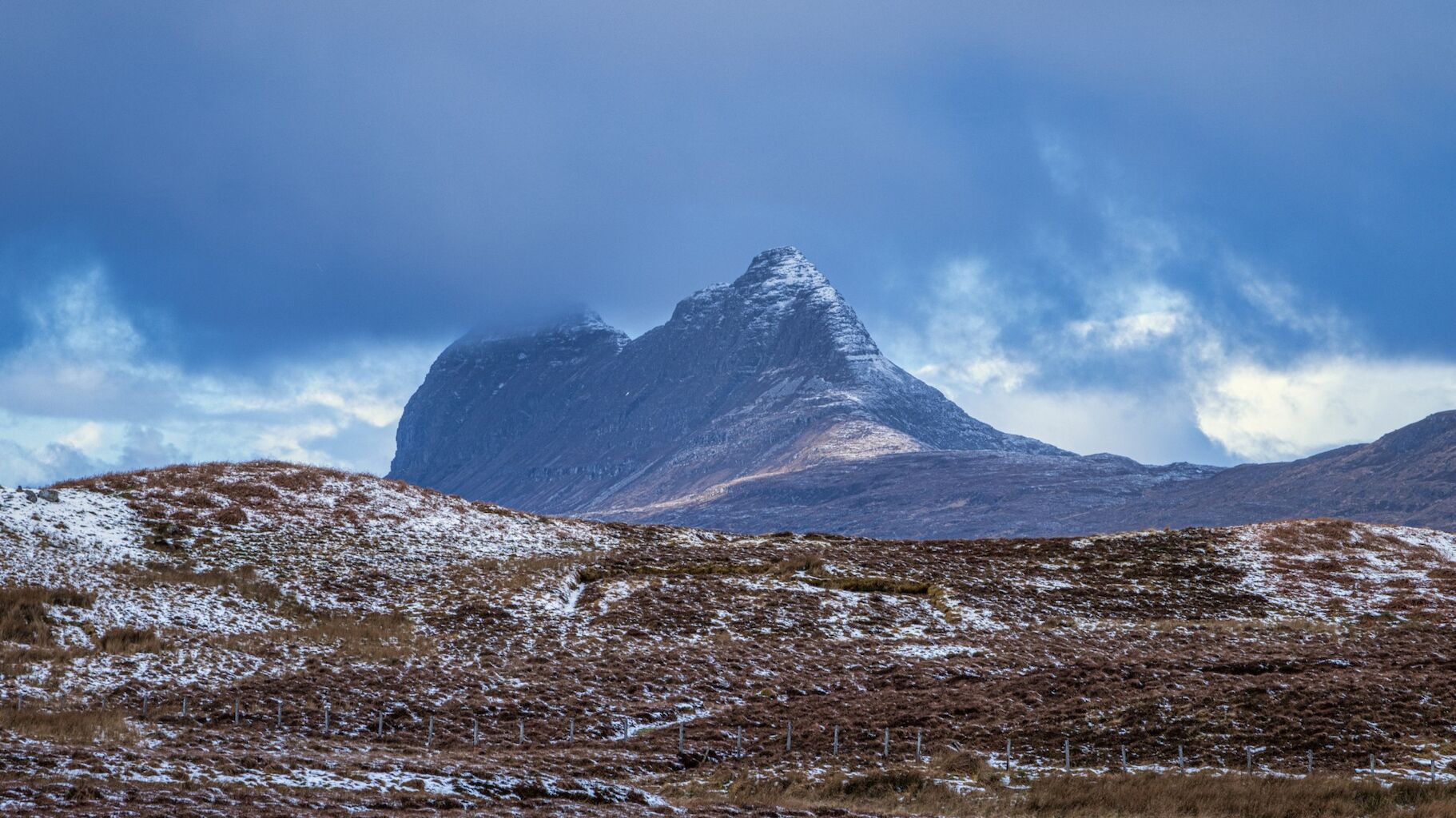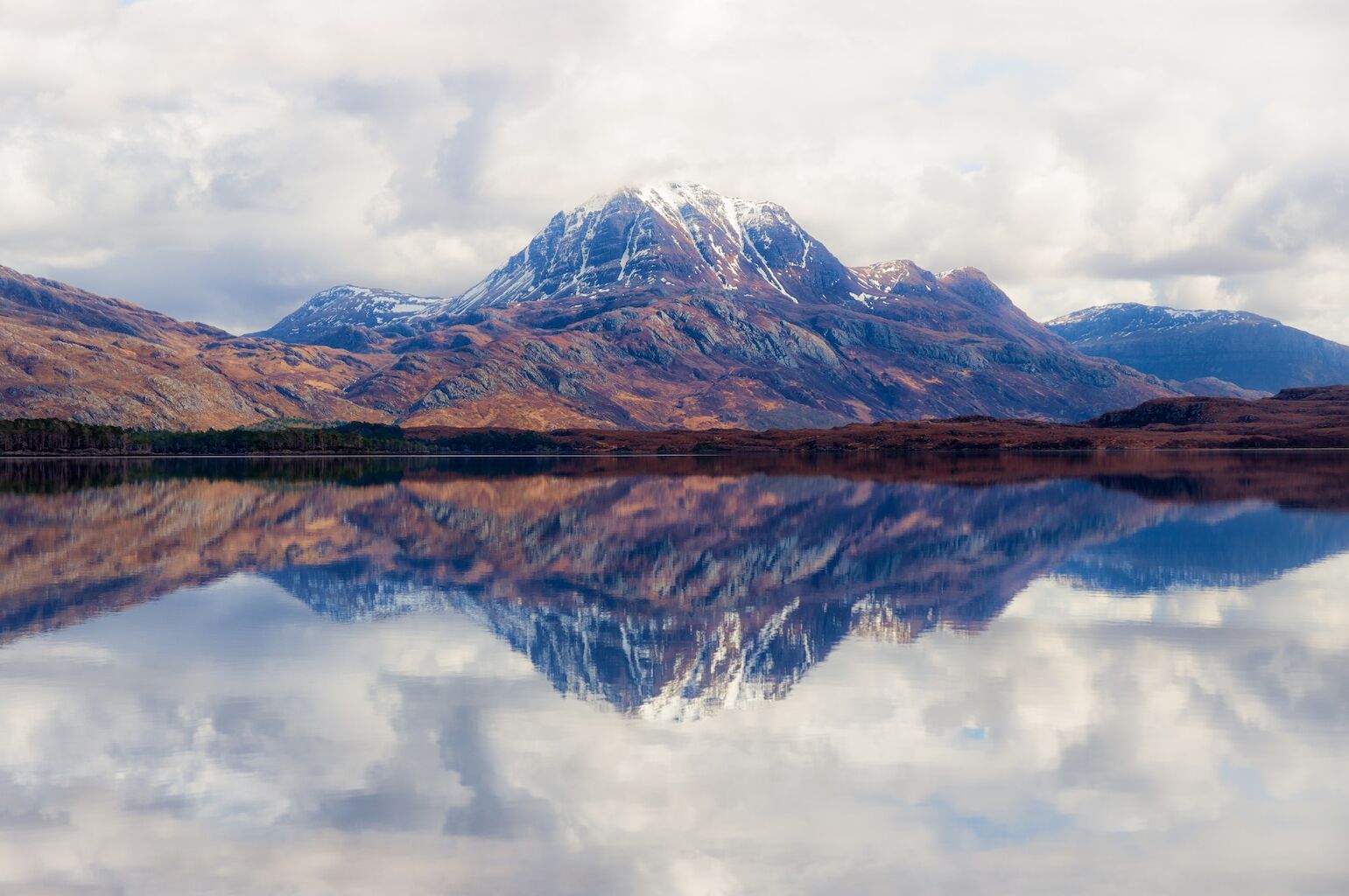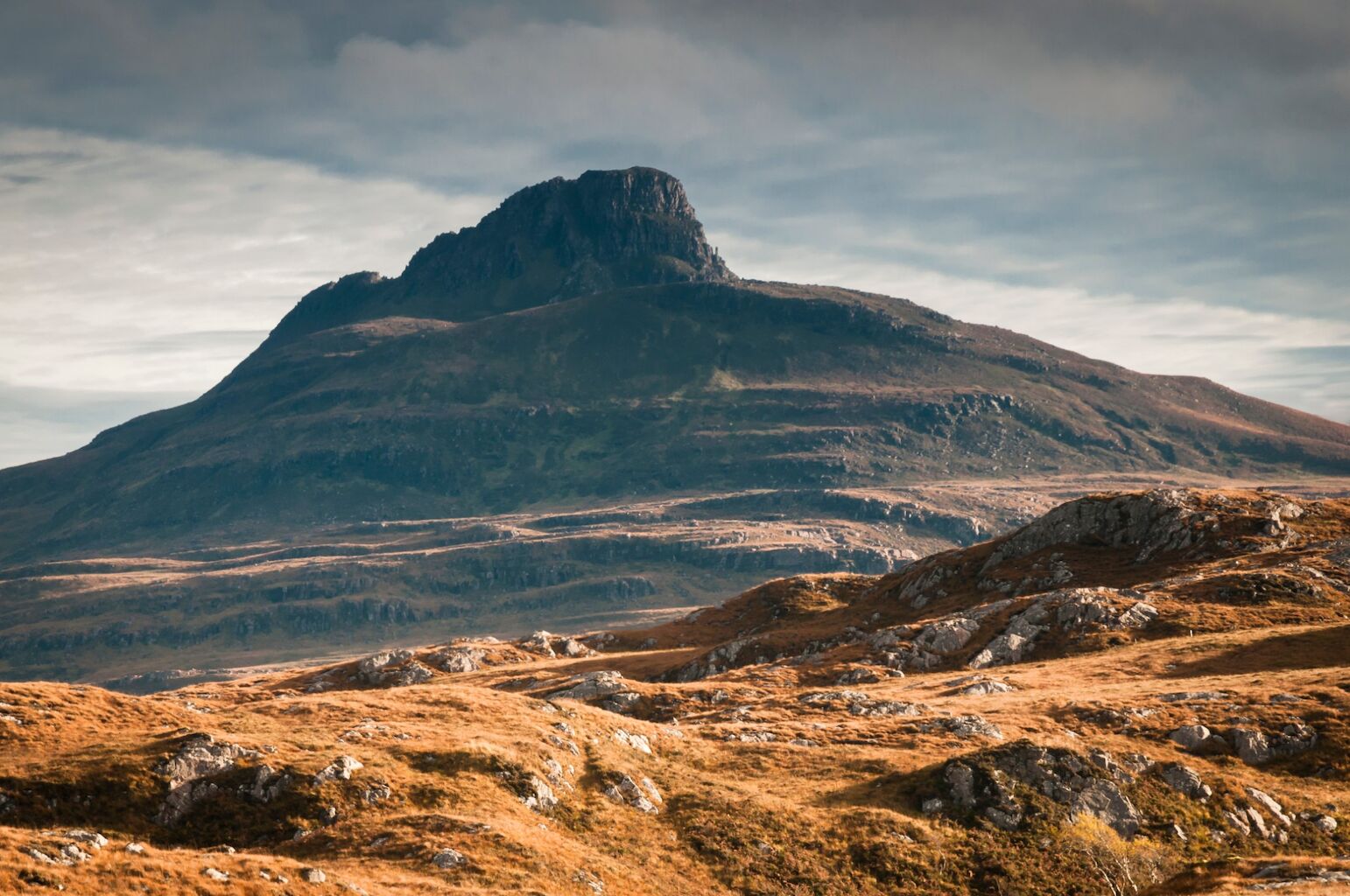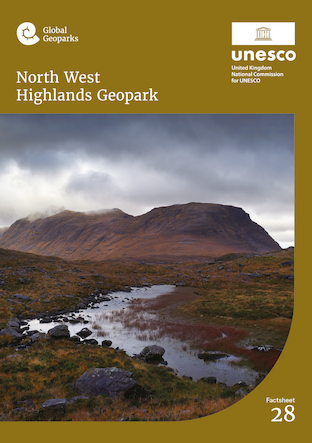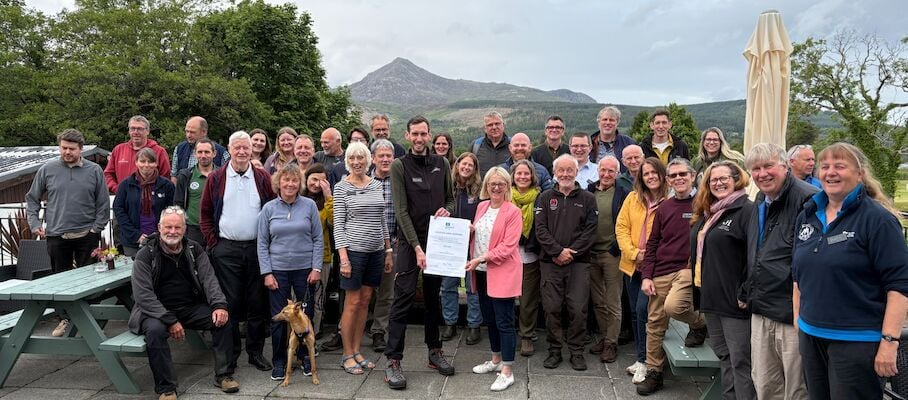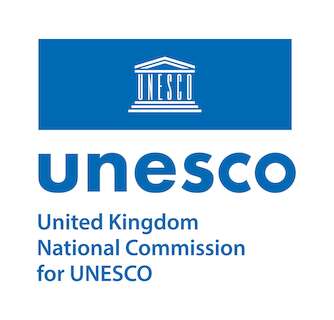North West Highlands
Located in the most north-westerly part of mainland Scotland, the North West Highlands Global Geopark encompasses an area of approximately 2,000sq km. And being home to just over 2,000 people, is one of the most sparsely populated areas in Europe. Its geology contains the oldest rocks in the UK, the Lewisian Gneiss at over three billion years old, underpinning the awe-inspiring sandstone mountains and fertile limestone landscapes.
What makes this UNESCO Designation special?
The foundations of the North West Highlands are close to the surface across much of the area, with ancient land exposed within cliffs, mountains and the low-lying “Cnoc and Lochan” landscape, interspersed with lochs and blanket bog.
This exposure of the rocks is one reason that makes this area perfect for training the next generation of earth scientists and anyone wishing to learn about our planet. Indeed, the eastern boundary of the Geopark, the Moine Thrust fault, is a place that significantly contributed to the understanding of how the world’s great mountain ranges were formed.
But alongside the rocks are the vast spectacular views, habitats of national significance and the crofting way of life, all combining to create this unique and special place. Hhabitats such as woodland remnants (some at their most northerly limit in the British Isles) and the sparsely populated but very connected and resilient communities, give the impression of a harder way of life for its inhabitants. In some ways it is, but this is balanced with the close connection to the natural environment, through living with and alongside places like the white sandy beaches and dramatic coastlines.
There are also the visible remains of the Iron Age, together with evidence of the Vikings in some of the placenames, alongside the Gaelic language, both etched onto the ancient and modern maps.


